Phalen’s Test & Reverse Phalen’s Test:
Phalen’s Test & Reverse Phalen’s Test is an examination test to check the nerve compression at the wrist joint used by Physiotherapists, Orthopaedic and other healthcare professionals if the patient complains about tingling numbness, paresthesia in the Hand.
Phalen’s Test:
- This test is also known as the wrist flexion test.
- This test is applied to the clinic to check the neurological dysfunction of the wrist joint.
- This clinical test is applied by to therapist when the patient is complain about numbness in the hand.
What is the Purpose of Phalen’s Test?
- This Phalen’s Test is used to check the carpal tunnel syndrome = CTS.
What is the Summary of the CTS = carpal tunnel syndrome?
- This Phalen’s test is a provocative test that is used in the diagnosis of the CTS = carpal tunnel syndrome.
- This test occurs when the median nerve is compressed/squeezed at the wrist joint.
- The pain is worst/increases at night.
- This symptom is increased in Daily activities like driving & typing.
- The most common complaints of carpal tunnel syndrome are;
- Pain & tingling in the hands & fingers.
- The patient feels numbness in the fingers mostly in the thumb, forefinger & a part of the middle finger.
- The patient feels pain in/near the wrist joint.
- Pain is extending into the arm
- Mostly in the skin lesions when the territory of the median nerve is possible due to the compression of the blood vessels in the carpal tunnel syndrome = CTS.
How do you perform the Phalen’s Test?
- The patient is in a sitting position for the Phalen’s Test.
- Then the examiner [ therapist ]flexes the patient’s wrist joint maximally & holds the position for 1 minute by pushing the patient’s wrist joints together.
- A positive test is indicated by tingling in the thumb, index finger & middle/lateral half of the ring finger & is indicative of carpal tunnel syndrome caused by pressure on the median nerve.
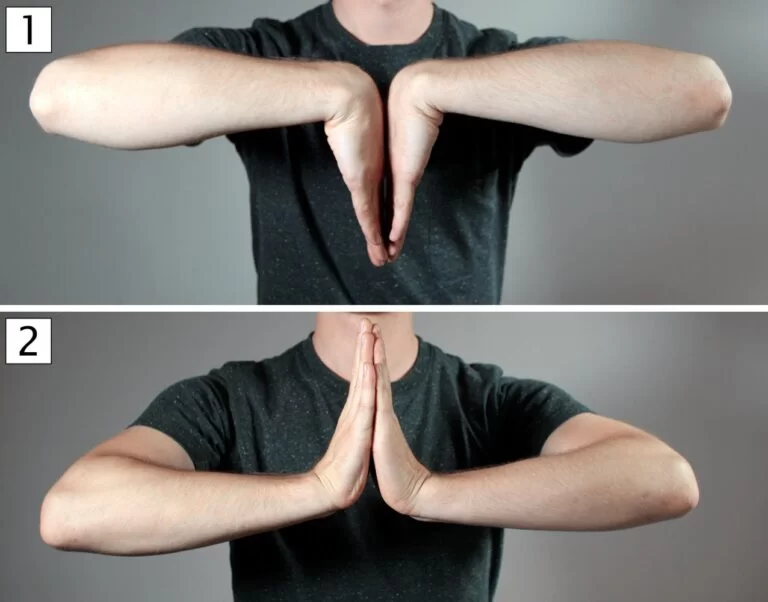
Reverse Phalen’s Test:
- This test is also known as the prayer test.
What is the Purpose of the reverse Phalen’s Test?
- This reverse Phalen’s test is used to check the pathology of the median nerve.
How do you perform the reverse Phalen’s Test?
- The patient is in a sitting position for the reverse Phalen’s Test.
- The examiner [ therapist ] extended the patient’s wrist joint while the therapist instructed the patient for doing grip the examiner’s hand.
- The examiner [ therapist ] then applies direct pressure over the carpal tunnel for 1 minute.
- The test is also described by having the patient put both hands together & bringing the hands down towards the wrist joint while keeping the palms in full contact, causing extension of the wrist joint.
- Doing the test this way does not put as much pressure on carpal tunnel syndrome.
- A positive test produces the same symptoms as those seen in Phalen’s test & is indicative of pathology of the median nerve.
What is the result of Phalen’s Test & reverse Phalen’s Test?
- A positive test of the Phalen’s Test & reverse Phalen’s Test: Both tests are considered to be positive when the patient’s symptoms are reproduced.
- This test gives the same symptoms as experienced with carpal tunnel syndrome, paresthesia like numbness, burning, tingling in the distribution of the median nerve.
- Negative test of the Phalen’s Test & reverse Phalen’s Test: in both tests if the patient feels no pain /any other symptom even if the motion is maintained for three minutes/longer.
What is Evidence of Phalen’s Test & of the reverse Phalen’s Test?
- Reliability :
- One study shows that the intra-rate reliability standard = is moderate
- the inter-rater reliability appears = good.
- Another study which is shown
- The sensitivity of the Phalen test = 0.64,
- The specificity of the Phalen test = 0.75,
- The positive likelihood ratio of the Phalen test = 2.54
- The negative likelihood ratio of the Phalen test = 0.49 measured.
- So that when a positive Phalen’s test is found it is more likely to these changes are associated with the nerve conduction studies in accordance with the carpal tunnel syndrome = CTS.
- Sensitivity of the reverse Phalen’s Test =77
- Specificity of the reverse Phalen’s Test =40
- +LR of the reverse Phalen’s Test =1.3
- -LR of the reverse Phalen’s Test = 58

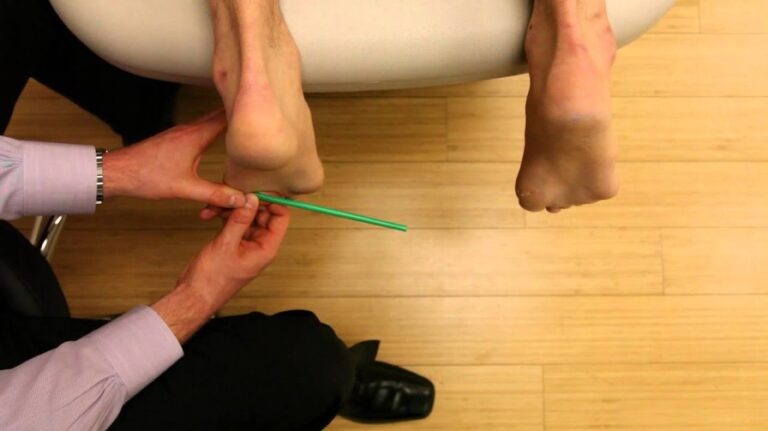
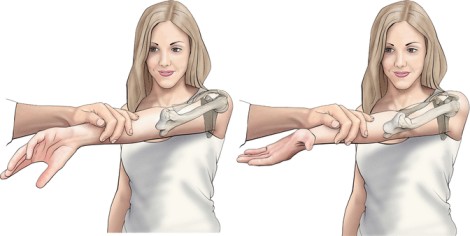
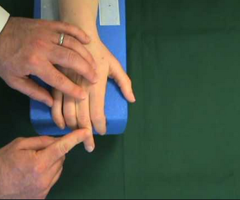
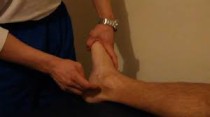

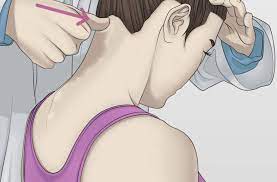
One Comment